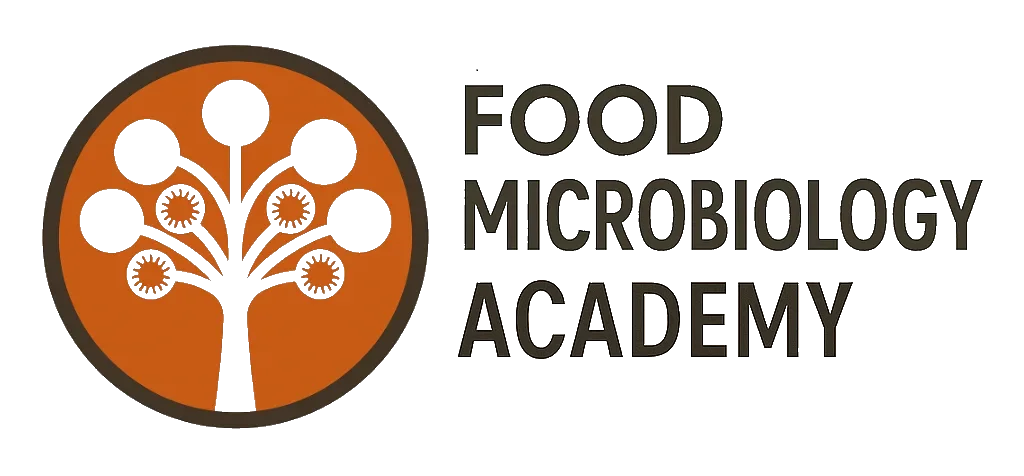Introduction
Over the past 30 years, the United States has witnessed significant strides in enhancing food safety measures, ensuring the well-being of its citizens. The evolution of technology, changes in regulatory frameworks, and heightened awareness among consumers and producers alike have contributed to a substantial improvement in the safety of the nation’s food supply.
Advancements in technology
One of the key factors driving improvements in food safety is the integration of advanced technologies throughout the food production and distribution chain. From farm to fork, innovations such as DNA testing, blockchain, and rapid pathogen detection systems have revolutionised the way authorities and producers monitor and control food safety.
The implementation of DNA testing has enabled more accurate and rapid identification of foodborne pathogens, helping to trace the source of contamination swiftly. This has proven crucial in preventing widespread outbreaks and facilitating targeted recalls, minimising the impact on public health.
Blockchain technology has been introduced to enhance traceability in the food supply chain. By creating an immutable ledger of transactions, stakeholders can quickly identify the origin of a product and trace its journey through various stages of production and distribution. This transparency not only expedites the identification of contaminated products but also encourages accountability among food producers.
Rapid pathogen detection systems have significantly shortened the time required to identify potential threats in food products. Traditional testing methods often took days to deliver results, allowing contaminated products to reach consumers. With rapid detection systems, the industry can now respond swiftly to potential hazards, preventing the distribution of unsafe products.
Regulatory enhancements
Over the past three decades, the U.S. government has taken proactive measures to strengthen the regulatory framework governing food safety. The Food Safety Modernization Act (FSMA), enacted in 2011, marked a landmark shift from reactive to preventive measures. FSMA empowered the Food and Drug Administration (FDA) to focus on preventing foodborne illnesses rather than merely responding to outbreaks.
The implementation of FSMA introduced a risk-based approach to inspections, emphasizing preventive controls, hazard analysis, and traceability. This shift has not only improved the overall safety of the food supply but has also fostered a culture of continuous improvement among food producers.
Increased global collaboration
Globalisation has transformed the food industry, making it more interconnected than ever before. Recognizing the importance of collaboration in ensuring food safety, the United States has actively engaged in international partnerships and information sharing. Collaborative efforts with other nations, international organisations, and industry stakeholders have facilitated the exchange of best practices, scientific knowledge, and technological advancements.
The Codex Alimentarius, a collection of international food standards, guidelines, and codes of practice, has provided a common ground for countries to harmonise their food safety regulations. By actively participating in such global initiatives, the United States has contributed to the development of a comprehensive and standardized approach to food safety on a global scale.
Consumer awareness and education
Increased awareness among consumers regarding food safety issues has played a pivotal role in driving industry-wide improvements. With access to information at their fingertips, consumers are now more informed about potential risks associated with food consumption. This heightened awareness has created a demand for transparency from food producers and has encouraged the adoption of safer practices throughout the supply chain.
Educational campaigns, both from government agencies and non-profit organisations, have empowered consumers to make informed choices about the food they purchase and consume. Understanding the importance of proper food handling, storage, and preparation has become ingrained in the public consciousness, contributing to a reduction in foodborne illnesses.
Conclusion
The last 30 years have witnessed a remarkable transformation in the landscape of food safety in the United States. Technological advancements, regulatory reforms, global collaboration, and increased consumer awareness have collectively contributed to a safer and more secure food supply. While challenges persist, the strides made in this period underscore a commitment to continuous improvement and a shared responsibility among stakeholders to safeguard the health and well-being of the American public. As the nation moves forward, it is essential to build upon these achievements, embracing emerging technologies and collaborative strategies to further enhance the resilience and effectiveness of the U.S. food safety system.


